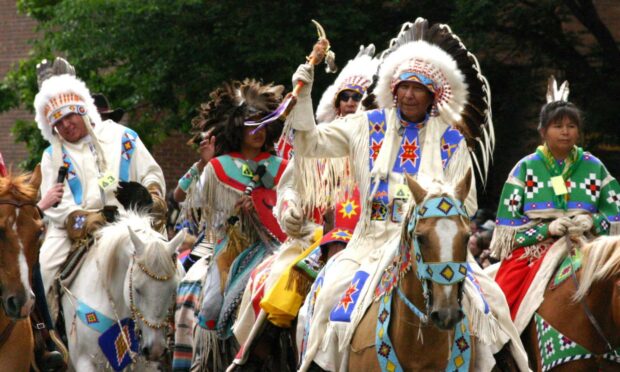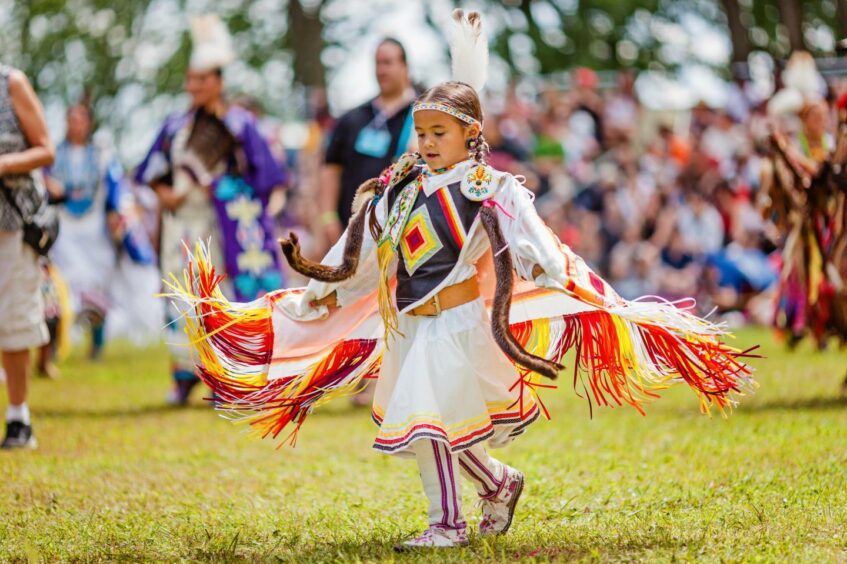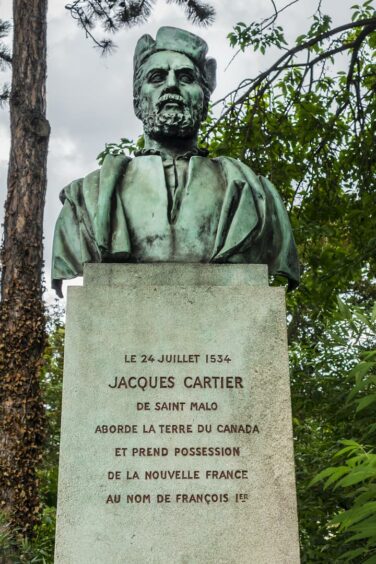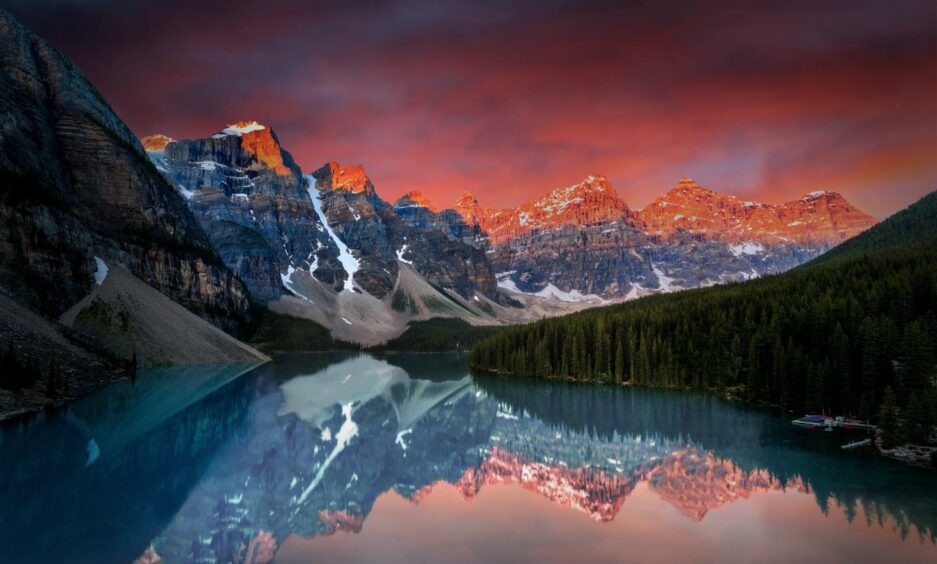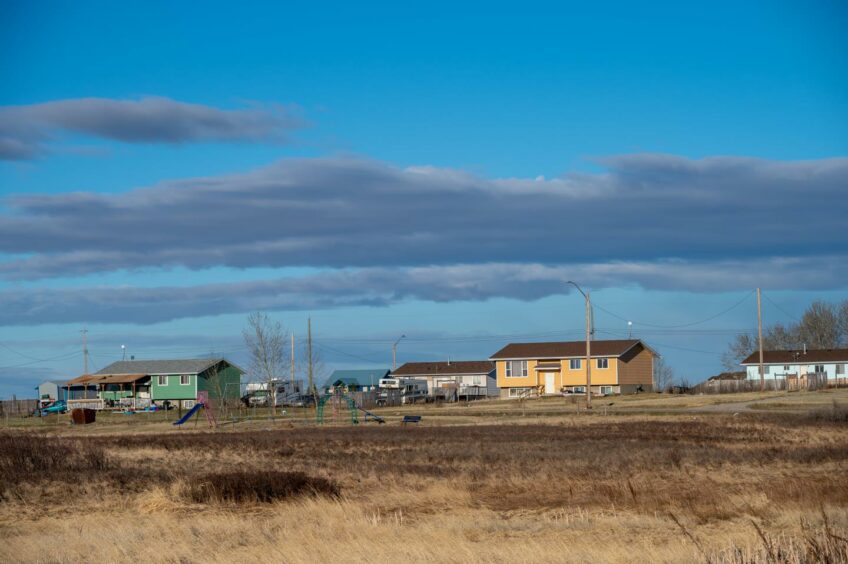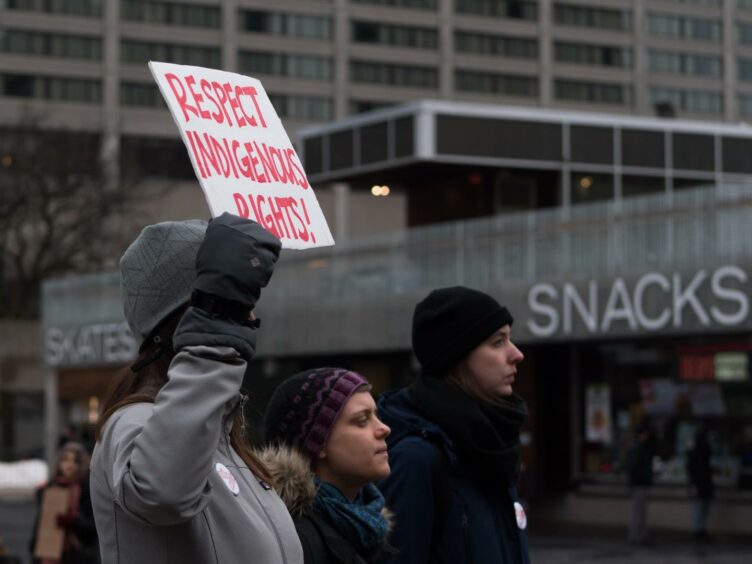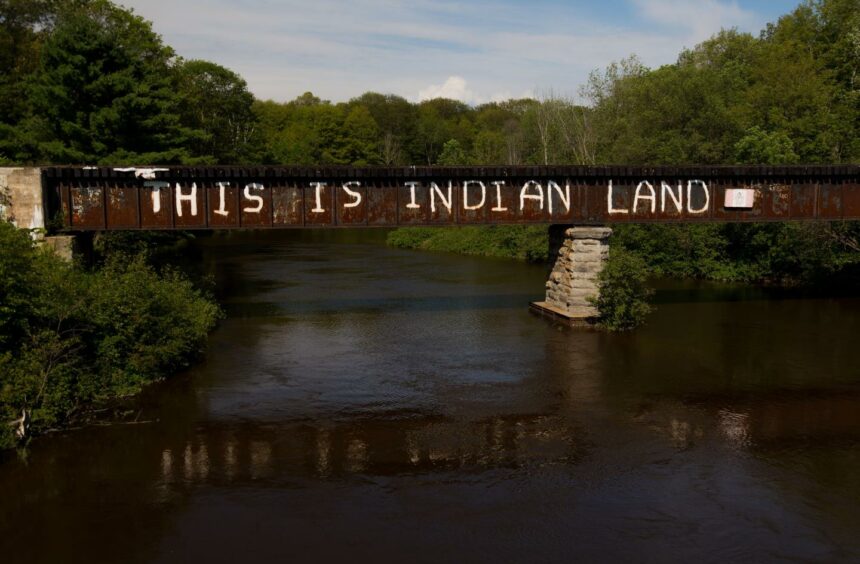Whether they are referred to as aboriginals or First Nations People, they are most definitely not Indians or redskins.
These terms are no longer acceptable to use, and rightly so. Neither were they “savages” as depicted in the old western movies we all used to watch back in the day. Cowboys equalled good guys, Indians bad. Remember all that? What a distortion of the truth.
As I wrote last week, long before the European white man came to Canada, in fact long before Canada was Canada, First Nations People lived in this vast land for thousands of years. Some say 12,000 years, possibly more.
When it comes to studying their culture, many historians now tend to group the FN People into six geographical areas of Canada as it exists today. The Woodland First Nations, Iroquoian, Plains, Plateau, Pacific Coast, and the Fist Nations of the Mackenzie and Yukon River Basins.
They had heir own cultures, spiritual beliefs and deep family connections. They were hunters/gatherers and lived off the land. A land that they loved and which meant so much to them spiritually.
Some groups were nomadic, some not. They all, though, were self sufficient when it came to shelter, food and clothing.
They all believed that their values and traditions were gifts from the “creator”, ie God.
One of their most important beliefs was that all should live in harmony with the natural world.
How ironic then that it was us, the white Europeans, who came to “civilise” these “savages”. Far from civilising them, we ruined them, and their environment.
Volumes of books have been written on this subject, so I’ll try to cram as much in here as possible. Another column coming next week.
Although Norse explorers first arrived in Canada in the 11th Century, it wasn’t until the 15th Century that Europeans really made their mark. What made us come all this way, across vast swathes of ocean? Business opportunities such as fishing, fur and timber. To ravage the land basically. Something we humans are particularly good at.
In 1534, Jacques Cartier claimed the shore of the Gulf of St Lawrence for France, while England claimed Newfoundland as a colony in 1583. In the 1600s, with fierce fur trade rivalry between the French, Dutch and English, we started to exploit the local peoples and form alliances. In 1670, the Hudson Bay Company was established by London traders. It’s still in existence today.
Of course, we didn’t just pit the local peoples against each other, we fought amongst ourselves. In particular in 1756, the Seven Years’ War took place between France and Britain. It was for world supremacy and happened not just in Canada but all over the globe. Deals were done, lands swapped hands, and a lot of money was made.
It wasn’t unit the 1800s that mass immigration really picked up from England, Ireland and Scotland. Thousands came every year. Even today, parts of Canada feel very British and even Scottish. Think of the names – British Columbia and Nova Scotia in particular.
I’ve visited towns such as Fergus which has Scottish festivals and Highlands games. Scottish flags flew outside quaint shops, it was like stepping into Braemar. The nearby town of Arthur, due to one in seven of its inhabitants fighting alongside the British in the Second World War, is known as the “most patriotic village in Canada”.
And it seems to me anyway, that every third person I meet here has a tale of family roots back in the “old country”.
A new Canada, a modern Canada, was being born with huge opportunities for the incomers.
In 1867 the British North American Act united Ontario, Quebec, Nova Scotia and New Brunswick into the Dominion of Canada. Manitoba, British Columbia and Prince Edward Island joined later, as did Alberta and Saskatchewan.
But what about the First Nations People?
By the 1830s, with more and more lands designated for settlers, only pockets of First Nations land remained.
In a nutshell, we believed that British society and culture were superior and that we had to bring “civilisation” to the indigenous peoples. And that included bringing Christianity to the masses. They had no say in the matter
The Indian Act of 1876 was imposed on the First Nations People without their consent. It limited their self governance, including say on their own lands, and even services they used such as health care and education.
The First Nations People were by now often confined in reservations, where the authorities suppressed their unique culture. Festivals and passages of rite were made criminal offences and banned. They basically wanted to eliminate all unique identities and merge them into the new Canadian cultural, ie the white European Christian culture.
Some claimed, and do still claim, that there were good intentions by the Canadian governments. They say that by assimilating the indigenous peoples into Canadian society, it meant they could survive in the modern world. I see it as a way to remove them from their land, and to divide it up amongst the new Canadians.
In 1920, Duncan Campbell Scott, the Canadian Deputy Superintendent General of Indian Affairs, said of his government’s policy: “Our objective is to continue until there is not an Indian that has not been absorbed into the body politic, and there is no Indian question, and no Indian Department.”
Cultural genocide in my opinion.
The population of those who identify as First Nations People today are thought to be around 900,000. A far cry from their millions of centuries past.
Today it’s estimated that around 40% of First Nations People live on reserves. The isolation of these places often contributes to their high unemployment. They also suffer disproportionately from diabetes, alcohol misuse, substance abuse and suicide.
It has to be said that Canada has made huge leaps forward in regard to its past treatment of native peoples. In 2015, the Truth and Reconciliation Commission of Canada defined reconciliation as “establishing and maintaining a mutually respectful relationship between Aboriginal and non-Aboriginal peoples”.
Canada is finally accepting its own dark colonial past wrongs, yet there is still much to do.
One of the biggest examples of cultural genocide against the First Nations, and what is accepted by many today as “Canada’s shame”, was the residential schools system.
Known as the “Indian residential schools”, thousands were forced in there over many years, in order to educate them to the ways of the white man.
In 2008, Canada officially gave a historic apology to all former students of the residential schools system. The Canadian government expressed deep regret for the suffering individual students and their families experienced because of these schools.
It also acknowledged the harm these residential schools did to the people’s culture, language and heritage.
But what exactly happened inside these schools?
Eradication. Eradication of an entire peoples culture.
